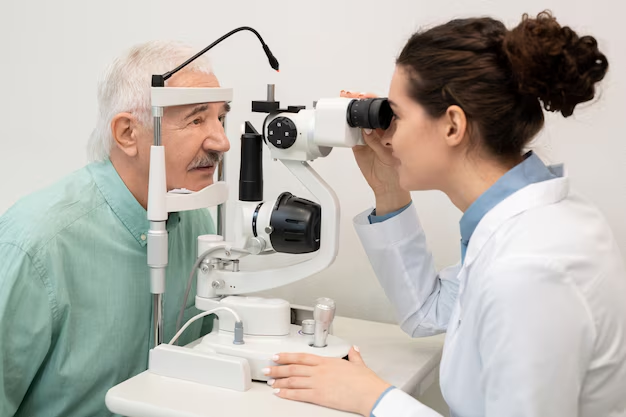Is Medicare Your Ally for Diabetic Eye Exams? Here's What You Need to Know
For those managing diabetes, regular eye exams are essential in detecting and preventing complications like diabetic retinopathy—a leading cause of blindness among adults. The good news is if you're a Medicare beneficiary, you're not navigating this crucial health need alone. Medicare offers coverage for diabetic eye exams, but understanding the specifics can help you make the most of your benefits.
Understanding Medicare Coverage for Diabetic Eye Exams
Medicare Part B provides coverage for a range of preventive services, including diabetic eye exams. If you have diabetes, Part B covers an annual eye exam by an eye doctor who is legally allowed to do the test in your state. However, these tests focus on detecting diabetic retinopathy, a condition caused by damage to the blood vessels in the tissue at the back of the eye (retina) due to diabetes.
The annual diabetic eye exam is vital because early detection of retinopathy can prevent severe vision loss with timely treatment. Medicare Part B typically covers these exams if they’re considered medically necessary, and you must pay 20% of the Medicare-approved amount after meeting the Part B deductible.
Key Points to Remember
- Eligibility: To qualify for Medicare coverage, patients need a diabetes diagnosis.
- Frequency: One exam per year is covered if you have diabetes.
- Benefits: Coverage is part of Medicare’s preventive services, focusing on early detection of diabetic retinopathy.
- Costs: After meeting your deductible, the exam costs are usually about 20% of the Medicare-approved charges.
Exploring Other Health Assistance Benefits
Beyond diabetic eye exams, managing diabetes can be financially straining—especially when considering prescriptions, routine check-ups, and potential hospital visits. Luckily, there are programs and resources available that can help reduce the financial burden.
Additional Options and Financial Assistance Programs
Medicare Savings Programs: These programs can help pay premiums, deductibles, coinsurance, and copayments for those with lower income.
Medicaid: If your income falls below a certain level, Medicaid can work alongside Medicare to cover many services or reduce costs.
Extra Help Program: Specifically for Medicare beneficiaries, this program assists with prescription costs, reducing expenses for medication vital for diabetes management.
Non-Profit and Community Health Groups: Many local organizations offer free health services and screening, which can mitigate the coverage gaps of Medicare.
A Path to Broader Financial Well-Being
While Medicare provides substantial support for diabetic care, including eye exams, navigating the broader impacts of diabetes on personal finances can be daunting. Fortunately, there are myriad solutions.
Government Aid Programs: From energy assistance to housing support, these programs alleviate some cost-of-living pressures, indirectly benefiting health.
Credit Counseling Services: Non-profit organizations offer credit counseling that can help manage debt effectively and improve overall financial health.
Educational Grants: For diabetic patients wishing to pursue further education, grants can ease the burden of tuition, opening up additional career opportunities.
Financial Assistance Programs and Resources 📋
- Medicare Savings Programs: Aid with Medicare costs.
- Extra Help Program: Assists with medication expenses.
- State Health Insurance Assistance Program (SHIP): Free, personal assistance for Medicare beneficiaries.
- Local Non-Profit Health Organizations: Support and services for diabetic care.
Understanding the scope of benefits available from Medicare and other assistance programs can be a game-changer in managing diabetes without succumbing to overwhelming financial stress. By maximizing these resources, you not only ensure better health outcomes but also a more stable financial future.

Related Topics
- a Medical Provider That Accepts Medicare Assignment Must
- a Medical Provider That Accepts Medicare Assignment Must Quizlet
- a Medicare Patient Received Treatment That Isn't Covered By Medicare
- a Medicare Patient Receives Treatment That Isn't Covered By Medicare
- a Medicare Supplement Basic Benefit Is Quizlet
- a Medicare Supplement Companies
- a Medicare Supplement Policy Is Quizlet
- a Medicare Supplement Policy Must Not Contain Benefits Which
- a Patient Received Treatment In August Medicare
- Am I Eligible For Medicare